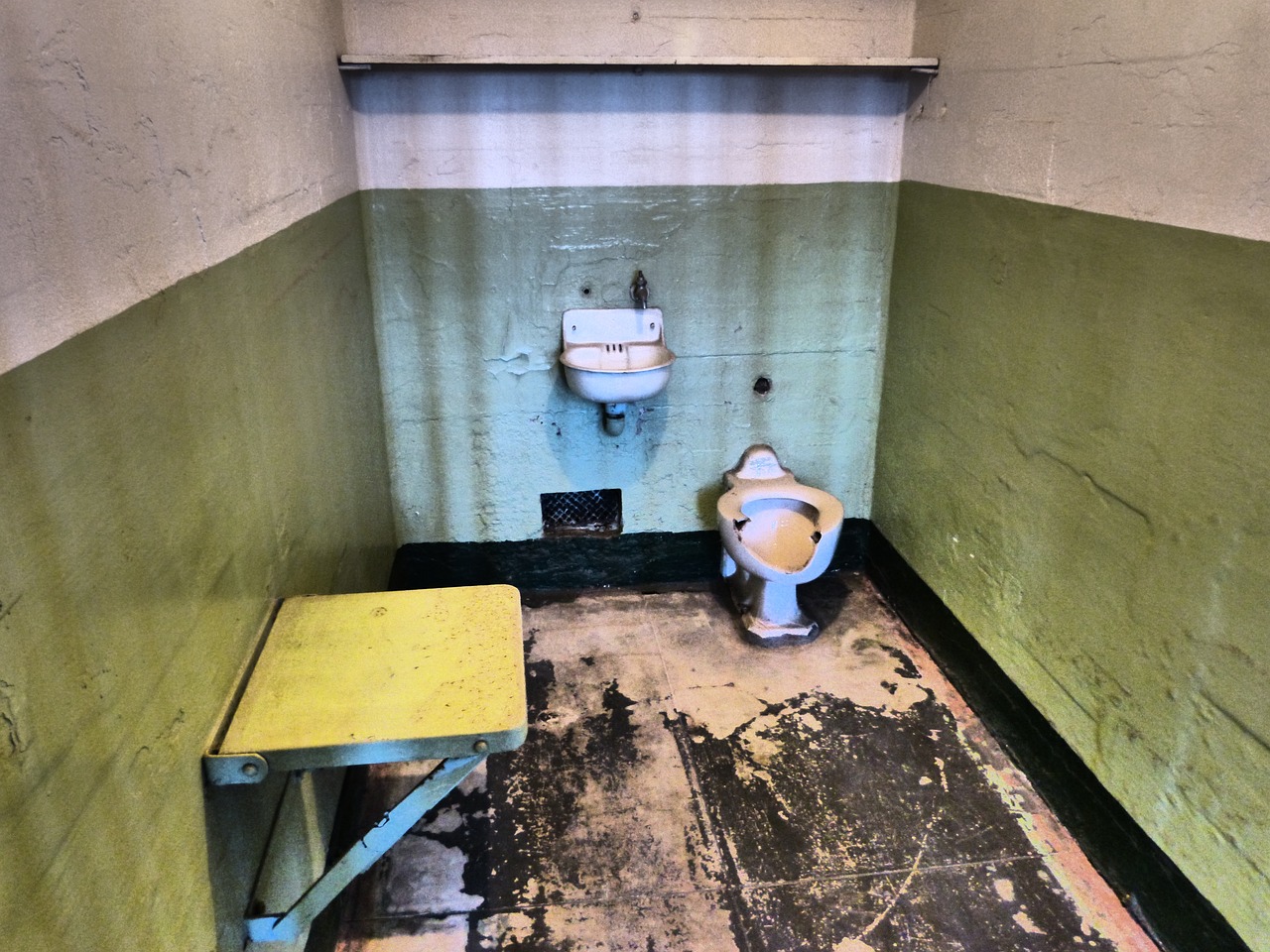A class action complaint filed this week accuses New York prison officials of holding disabled inmates in solitary confinement in violation of state law.
Solitary confinement has been a core feature of the US penal system since the 18th century — dating back to the earliest state prisons, where the inmates seen as most depraved were isolated to prevent the spread of their moral influence. Though these days officials tend to prefer the term “special housing units” (SHU), the punishment remains essentially unaltered and can include up to 24 hours of isolation each day for years, even decades. Activists have long criticized solitary confinement as ineffective and tantamount to torture.
Based in part on these concerns, New York enacted a law in 2021 designed to limit the use of solitary confinement and to encourage forms of confinement that were less punitive and more rehabilitative and therapeutic in nature. The Humane Alternatives to Long-Term Solitary Confinement Act (HALT) was designed to limit the use of solitary confinement and to encourage the use of less punitive, more therapeutic confinement options. In part, the law forbids prison officials from imposing the punishment against members of groups seen as particularly vulnerable to the ill effects of isolation in all but true emergency situations. Among those listed are people with disabilities and people with histories of trauma.
Several named plaintiffs representing a class of “themselves and all others similarly situated” filed a complaint this week with New York’s Supreme Court for Kings County alleging that since HALT was enacted, prison officials have denied its benefits to “hundreds of people with disabilities.” In a statement released Tuesday, the advocacy groups and attorneys representing the plaintiffs alleged New York prison officials have created exceptions to HALT by narrowing the definition of “disability” to improperly exclude certain conditions. They highlight the cases of several named plaintiffs with mental and physical conditions whose health they claim has deteriorated as a result of these violations.
When it released its annual solitary confinement report in 2020, the New York State Department of Corrections and Community Supervision (DOCCS) wrote that it was in the process of implementing prohibitions on the placement of people with disabilities in solitary confinement. In June 2023, the organization issued Directive #4933D, essentially codifying the requirements of HALT. The same month, the DOCCS released a report outlining its efforts to comply with HALT, in which it asserted the number of inmates confined to the SHU had dropped by 80% over the past year.
In the latter report, the DOCCS leadership expressed pride in their achievements:
There is no doubt that the Department has undergone significant change over the last few years. Indeed, the extent of structural changes experienced during this time may very well be the greatest experienced by the Department in its history. … Legislative changes have had profound impacts on facility operations. The HALT Solitary Confinement Law required the Department to fundamentally alter the disciplinary system, including the creation of new Residential Rehabilitation Units and instituting strict criteria and time limits for when an incarcerated individual can be placed in a Special Housing Unit.
But in the interim, , the organization appears to have replaced its annual write-ups with spreadsheets providing vague data points related to demographic breakdowns of those subjected to solitary confinement, as well as overviews of provoking incidents. These reports lack detailed information on the nature of confined inmates’ health challenges, categorizing mental health concerns only along a numbered spectrum.
The plaintiffs’ advocates challenge the adequacy of DOCCS’ measures. Josh Rosenthal, supervising attorney with the organization Disability Rights Advocates, said:
It is long past time for the State to end the use of solitary confinement for people with disabilities. … New York’s passage of the HALT Act represented an historic and important step in preventing the harms that solitary causes for incarcerated people with disabilities. But words are not enough, and [New York prison authorities] must comply with state law and stop this vicious practice once and for all.
In recent years, the US has faced increasing scrutiny for the depth, breadth, and racial disparity of its system of mass incarceration.


